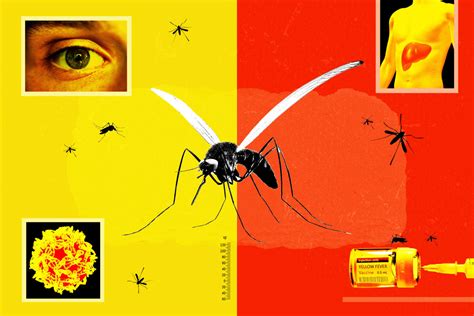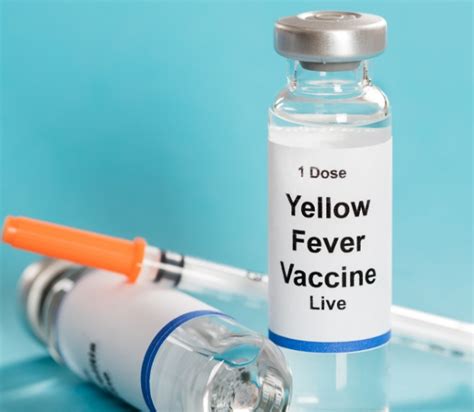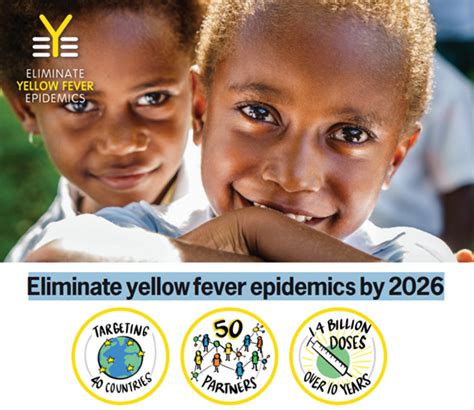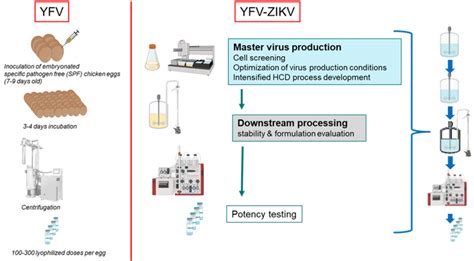Intro
The threat of yellow fever, a disease that has been a major public health concern for centuries, still looms large in many parts of the world. With its potential to cause severe illness and death, the importance of yellow fever vaccination cannot be overstated. As a vital tool in the prevention of this disease, the vaccine has been widely used in endemic areas and among travelers to these regions. Understanding the intricacies of yellow fever vaccination is crucial for individuals at risk, healthcare providers, and public health officials alike. The vaccine's role in controlling outbreaks, its safety profile, and the challenges associated with its administration are just a few aspects that underscore the complexity of this topic.
Yellow fever, transmitted by the bite of an infected mosquito, primarily affects parts of Africa and South America. The disease can range from a mild fever to a severe hemorrhagic condition, with the latter being almost always fatal if left untreated. The introduction of the yellow fever vaccine in the 20th century marked a significant milestone in the fight against the disease, offering a highly effective method of prevention. However, the vaccine's efficacy, potential side effects, and the logistics of its distribution and administration pose ongoing challenges. As global travel increases and urbanization expands into previously uninhabited areas, the risk of yellow fever outbreaks in new regions grows, highlighting the need for comprehensive vaccination strategies.
The history of yellow fever vaccination is a testament to human ingenuity and the relentless pursuit of medical advancements. From its initial development to the current formulations, the vaccine has undergone significant improvements, enhancing its safety and efficacy. Yet, despite these advancements, ensuring equitable access to the vaccine remains a pressing issue, particularly in resource-poor settings where the disease is most prevalent. The interplay between vaccine availability, public awareness, and healthcare infrastructure underscores the multifaceted nature of yellow fever prevention. As the world continues to grapple with the challenges posed by infectious diseases, the story of yellow fever vaccination serves as a powerful reminder of the importance of sustained investment in public health and the relentless pursuit of medical innovation.
Understanding Yellow Fever

Transmission and Epidemiology
The transmission of yellow fever involves a complex interplay between the virus, the mosquito vector, and the human or non-human primate host. In endemic areas, the virus circulates between monkeys and mosquitoes, with humans becoming incidental hosts when they enter these areas. Urban yellow fever, on the other hand, occurs when the virus is introduced into an urban setting, where it can spread rapidly among humans due to the high density of susceptible individuals and the presence of urban mosquito vectors. The epidemiology of yellow fever is influenced by factors such as climate, urbanization, and human behavior, highlighting the need for a comprehensive approach to prevention and control.Yellow Fever Vaccination: Benefits and Mechanisms

Vaccine Types and Administration
There are several types of yellow fever vaccines available, including the 17D vaccine, which is the most commonly used. The vaccine is administered in a single dose, and booster doses are recommended every 10 years for individuals who continue to be at risk. The vaccine can be administered to individuals of all ages, although it is not recommended for certain groups, such as those with severe immunodeficiency or those with a history of severe allergic reactions to the vaccine. The administration of the vaccine is typically straightforward, but it requires careful consideration of the individual's health status and risk factors.Challenges and Considerations

Global Health Initiatives and Cooperation
The fight against yellow fever is a global effort that requires the cooperation of governments, international organizations, and civil society. Initiatives such as the Yellow Fever Initiative, led by the World Health Organization (WHO), aim to eliminate yellow fever epidemics globally by 2026. These efforts involve strengthening surveillance, improving vaccination coverage, and enhancing preparedness and response to outbreaks. The success of such initiatives depends on sustained investment, political commitment, and the engagement of local communities.Public Health Impact and Future Directions

Emerging Challenges and Opportunities
As the global health landscape continues to evolve, new challenges and opportunities emerge in the context of yellow fever prevention and control. The growing risk of urban yellow fever, for instance, highlights the need for targeted vaccination strategies and enhanced surveillance in urban areas. Additionally, the development of new vaccine technologies, such as fractional dosing, offers potential solutions to address vaccine shortages and improve access to vaccination. The engagement of local communities, the use of innovative communication strategies, and the integration of yellow fever prevention into broader health initiatives will be critical in addressing these challenges and seizing opportunities.Conclusion and Next Steps

Call to Action
As we reflect on the importance of yellow fever vaccination, we invite readers to join the conversation, share their experiences, and take action to support yellow fever prevention and control efforts. Whether through advocating for increased access to vaccination, supporting research and development of new vaccine technologies, or engaging in community outreach and education, every effort counts. Together, we can make a difference and ensure that the world is better equipped to prevent and respond to yellow fever outbreaks.What is yellow fever, and how is it transmitted?
+Yellow fever is an acute viral hemorrhagic disease transmitted by infected mosquitoes, primarily of the Aedes species. It is mainly found in tropical areas of Africa and South America, affecting both humans and non-human primates.
How effective is the yellow fever vaccine, and who should get vaccinated?
+The yellow fever vaccine is highly effective, providing immunity against the disease in about 99% of those vaccinated within 10 days of vaccination. It is recommended for individuals traveling to or living in areas where yellow fever is endemic, as well as for laboratory workers who handle the virus.
What are the potential side effects of the yellow fever vaccine, and how common are they?
+The yellow fever vaccine is generally safe, but it can cause side effects such as headache, muscle pain, and low-grade fever. Serious side effects, such as allergic reactions or neurologic disease, are rare, occurring in less than 1% of vaccine recipients.
